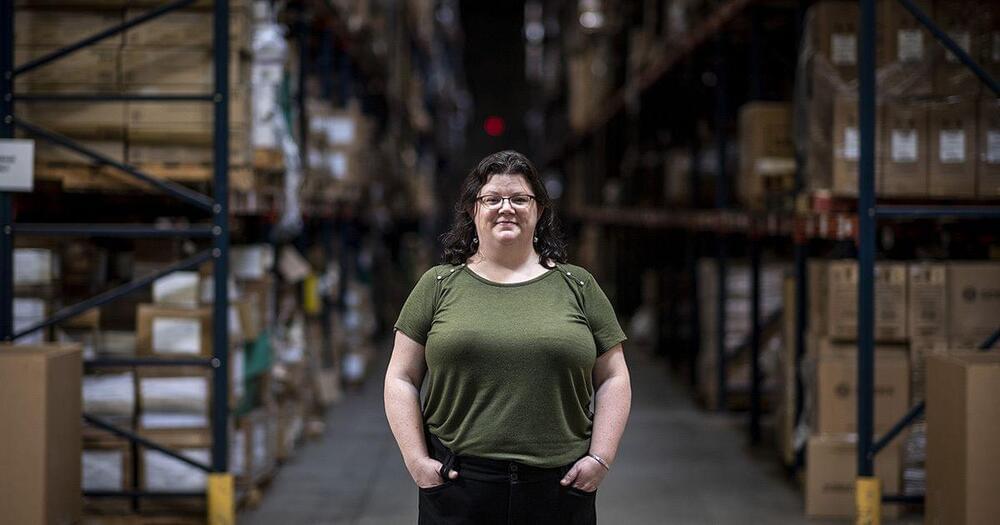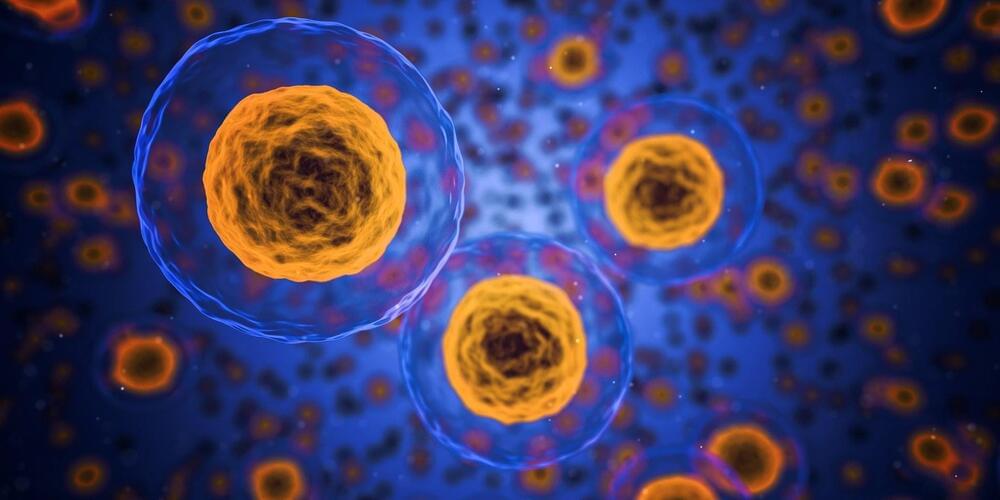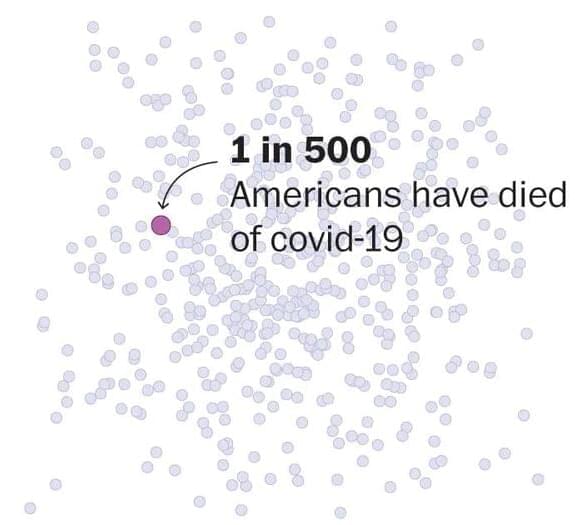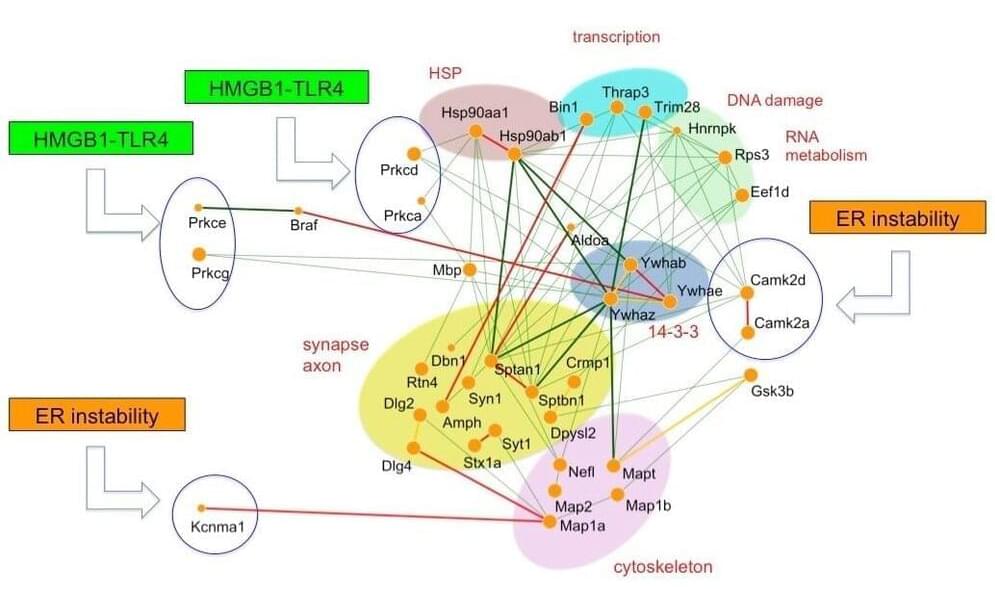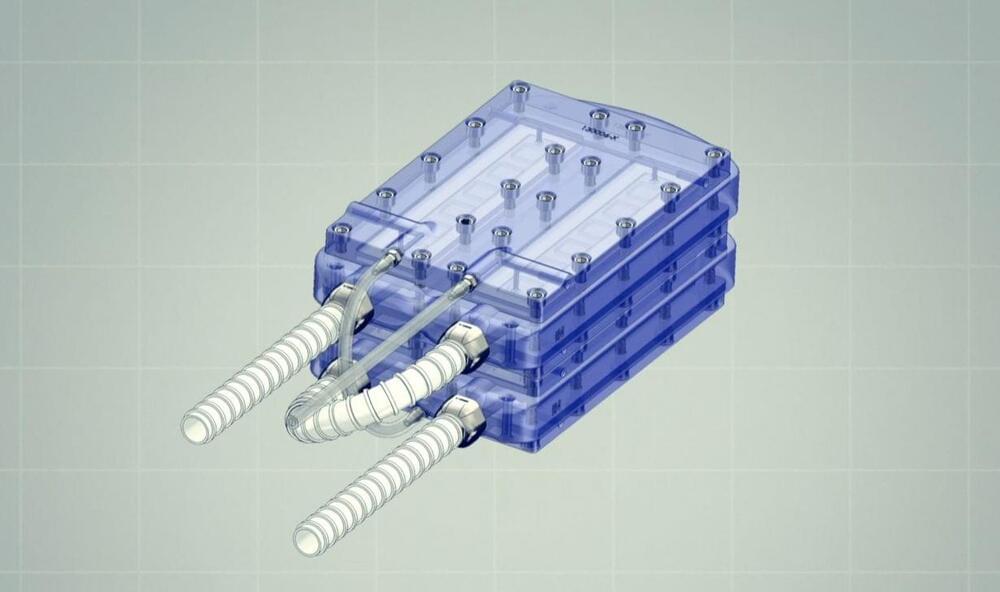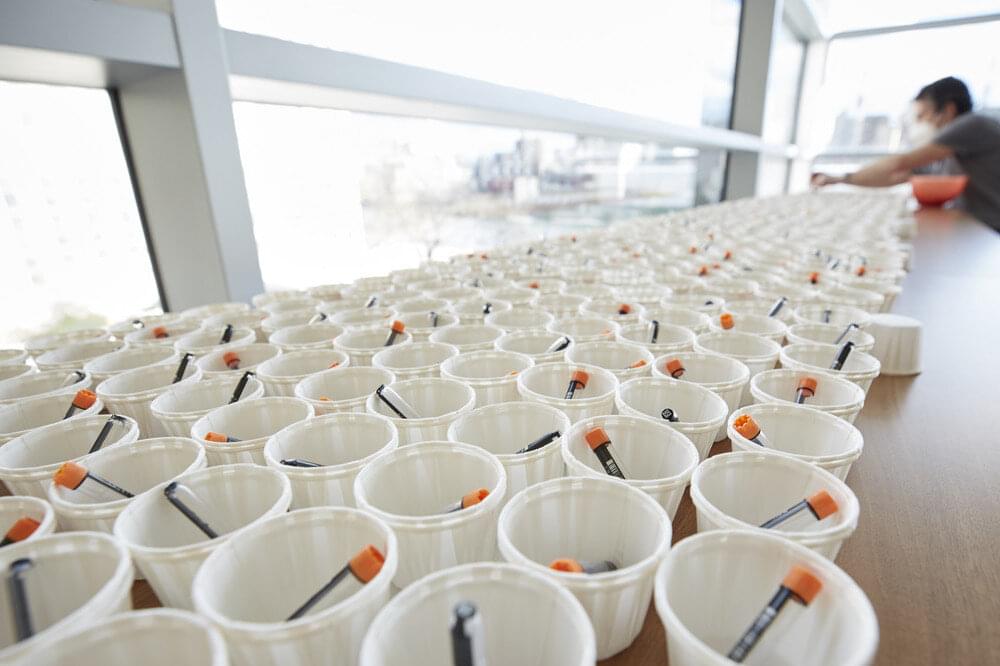“The door is open now. The view is pretty incredible.”
Watch four “amateur astronauts” and a floating stuffed dog go to space.
The four crew members — Shift4 Payments founder Jared Isaacman, scientist Sian Proctor, St. Jude Children’s Research Hospital employee Hayley Arceneaux, and aeronautical engineer Chris Sembroski — are the first all-civilian crew to fly aboard a private vehicle to low-Earth orbit.
“The door is open now. The view is pretty incredible,” said Isaacman, a billionaire who founded the retail payment processing company Shift4 Payments in 1999.
The mission comes two months after competitor Blue Origin’s historic — and not-all-too-popular — suborbital flight that saw four civilians go to space. One of them being Bezos’ brother.


